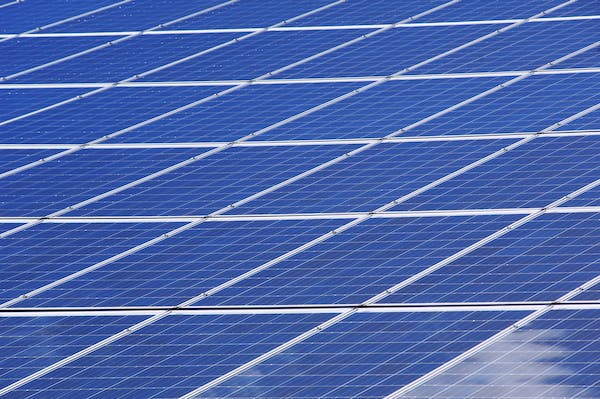Renewable energy supply chain
Countries other than China would need to invest $700 billion in mining and manufacturing to develop their renewable energy capacity to break China's dominance in these areas, according to a study by research firm Rystad Energy. Rystad Energy said the investments cover materials mining, processing, refining, and manufacturing for clean energy projects including solar, wind, and batteries. Still, China dominates solar and battery manufacturing.
For example, China's annual investment in manufacturing and processing capacity building has climbed from US$10 billion in 2016 to US$140 billion in 2023. As a result, China's solar PV capacity increased from 14GWac in 2016 to 850GWac in 2023, and battery production capacity jumped from 126GWh in 2016 to 1,550GWh in 2023.
By comparison, total annual investment in all other countries will increase from $7 billion in 2016 to $20 billion in 2023.
Chinese companies hold numerous patents and lead the development of new technologies, which could slow down the EU and the United States in catching up.
Therefore, a regional clean energy supply chain will not be possible until at least 2030. PV Tech reports that China is expected to account for 95% of the announced global n-type cell production capacity by 2026.
Finally, there will be a need for large-scale mineral recycling, including decommissioning equipment. The EU aims to meet 25% of its mineral needs through recycling.
The U.S. Department of the Treasury and Internal Revenue Service recently released proposed guidance for the 45X Advanced Manufacturing Production Credit, clarifying the definition of eligible components and detailing the amount of the tax credit for eligible solar components.
In Europe, the European Parliament voted on November 21 to pass the Net Zero Industry Bill, which will seek to produce renewable energy technologies within the EU, including solar photovoltaics, battery storage, and wind energy.
The EU says the Net Zero Industry Bill aims to enable Europe to meet 40% of its clean energy deployment needs with products made in-house. Final amendments to the bill expanded the scope to cover "the entire supply chain including components, materials and machinery used to produce net-zero technologies."


